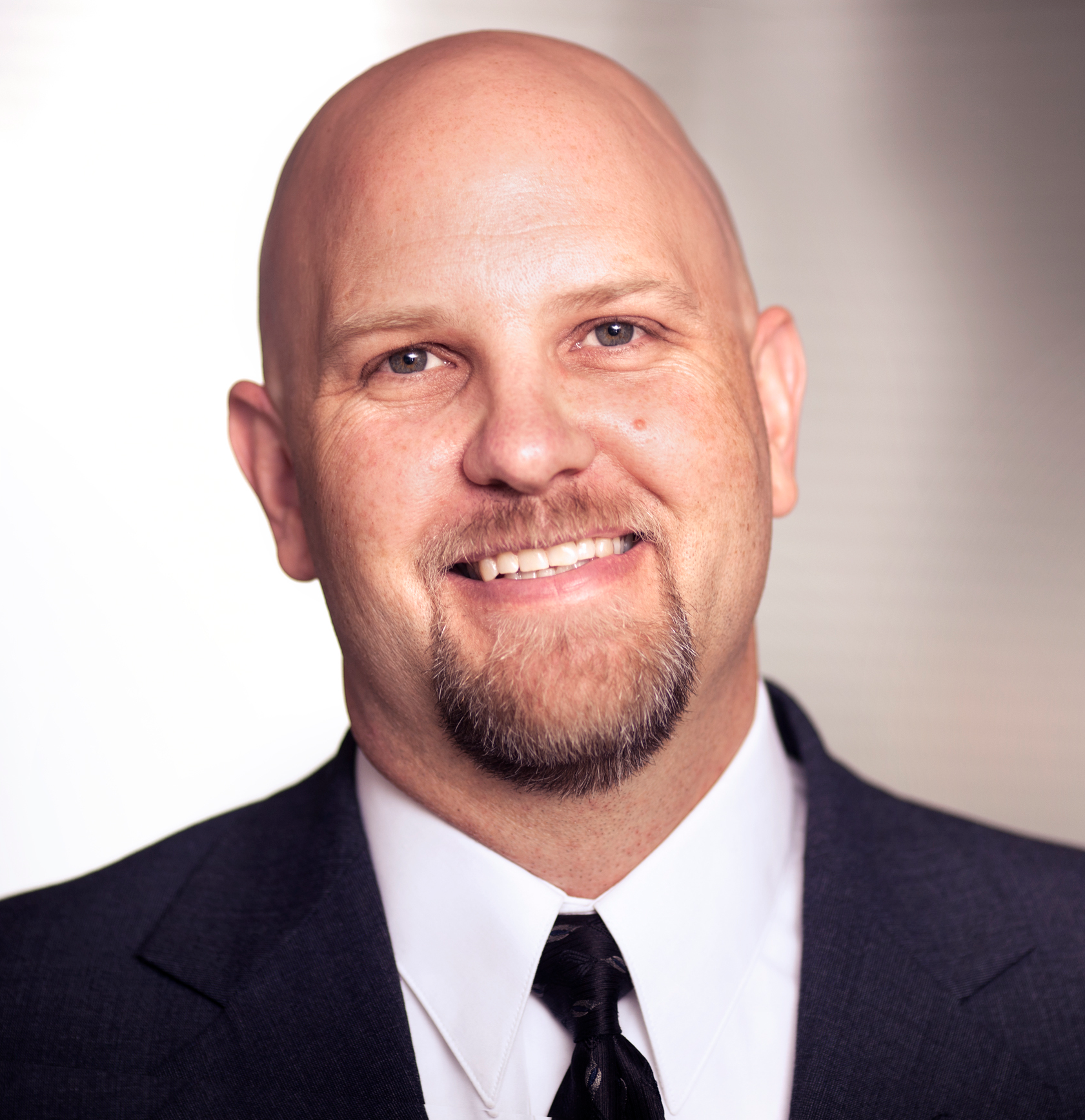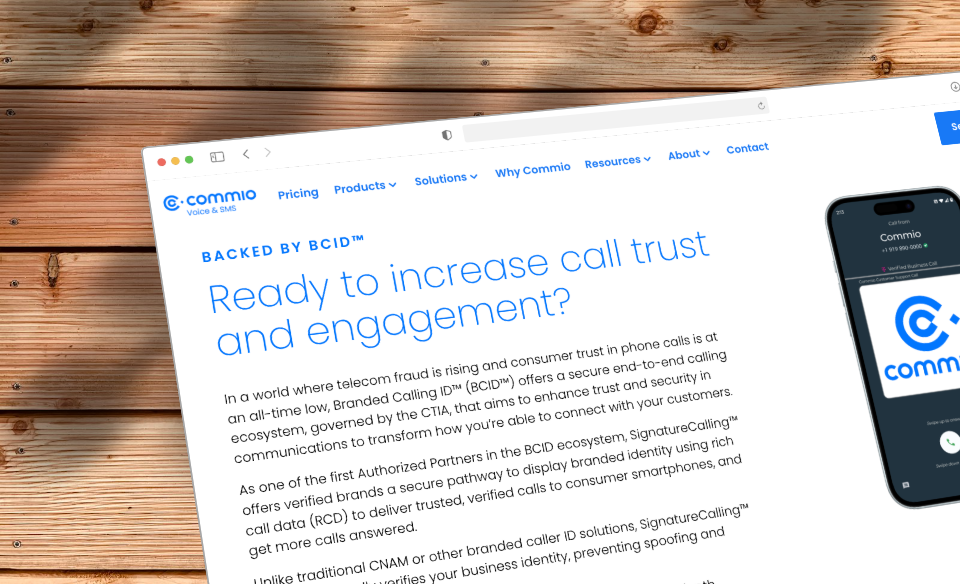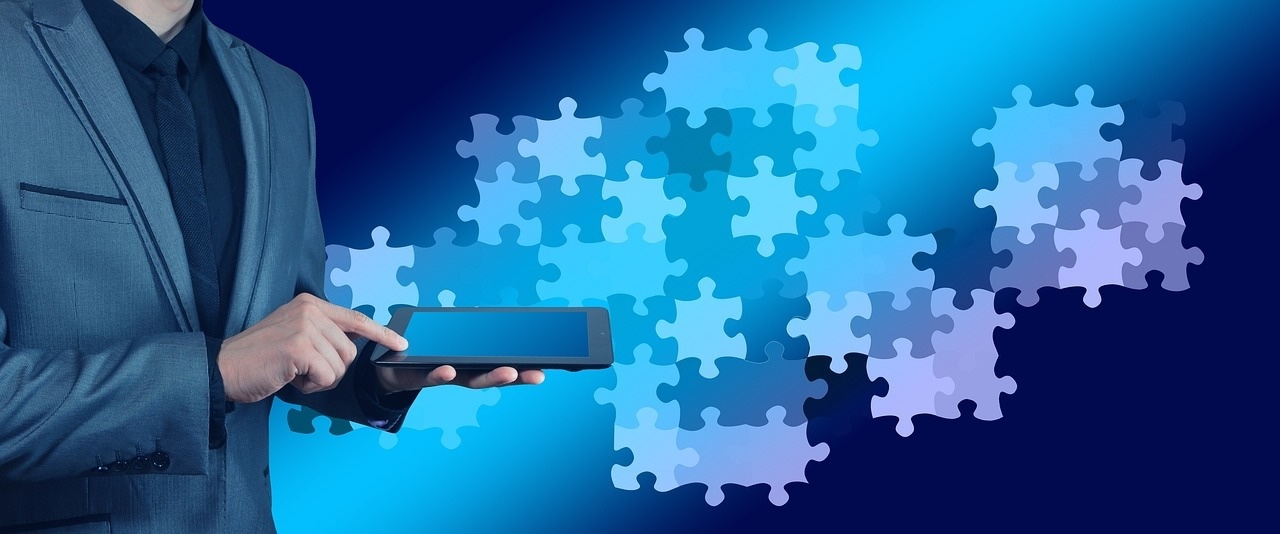The LAMP stack (Linux, Apache, MySQL, PHP) has been entrenched as the website, software, and IT standard for years, but more recently, the cloud and other new architecture models have been eroding its dominance.
This has prompted many industry professionals to question whether the LAMP stacking model is on its way to becoming yet another technology dinosaur. Opinions on that question vary, but it’s clear that the rise of cloud services is having a profound impact.
What the Cloud Did to LAMP Stacking
Along with cloud migration, a modular approach to software architecture has suddenly made the longstanding LAMP model look a little dated. With dynamic software solutions now available as services, and with hyper-efficient API-propelled data exchange becoming the standard, businesses flocked to the cloud in droves.
However, the cloud hasn’t been universally embraced, and in some cases, LAMP stacking models are still better-positioned to serve the needs of end-users. Cloud computing presents never-before-seen security risks, and businesses in sensitive industries, including finance, online commerce, education, big data, and healthcare, have been reluctant to make the switch.
What Precipitated the Changes?
While it may be premature to pronounce the LAMP model dead, there’s no question that the cloud has a lot of momentum behind it. Here are some of the factors that are prompting enterprises to make the switch:
- Continuous deployment is generally easier through the cloud than it is through monolithic LAMP architecture. Cloud allows companies to present end users with new features more quickly, all while making automatic adjustments to incoming and outbound website traffic.
- Cloud modules don’t require the updates and bug fixes that LAMP stacks often demand.
- The cloud makes it easier for tools, even newly integrated ones, to work together. This leads to easier system and network management and the more efficient use of resources.
- Cloud technologies are far more scalable than LAMP technologies, and their scalability is also far more affordable. This gives businesses unsurpassed flexibility at affordable rates.
- Cloud services are significantly easier to customize, and are, on the whole, much more flexible than LAMP-driven technologies.
- The cloud supports collaboration and a wide range of communication features in real-time. LAMP stacking really struggles to stack up in this regard, making the cloud a preferred option for businesses that depend on communication speed and efficiency.
What Platforms Are Replacing the LAMP Model?
The so-called GECS companies (GitHub, Amazon, EC2, Slack) are leading the migration away from the LAMP model. Some of the key platforms they’re choosing in its place include:
- New JavaScript technologies, which are changing front-end and back-end stacking
- Ruby and Python, two excellent back-end stacking tools
- Amazon Web Services (AWS), a cloud-based suite that is quickly emerging as a new standard
- PostgreSQL, MongoDB, Couchbase, and MySQL database architecture
The software engineering experts at Commio are here to help businesses make informed decisions about the technologies they use. To learn more about cloud computing, or for customized, expert advice for choosing the right service delivery model, please contact Commio.















